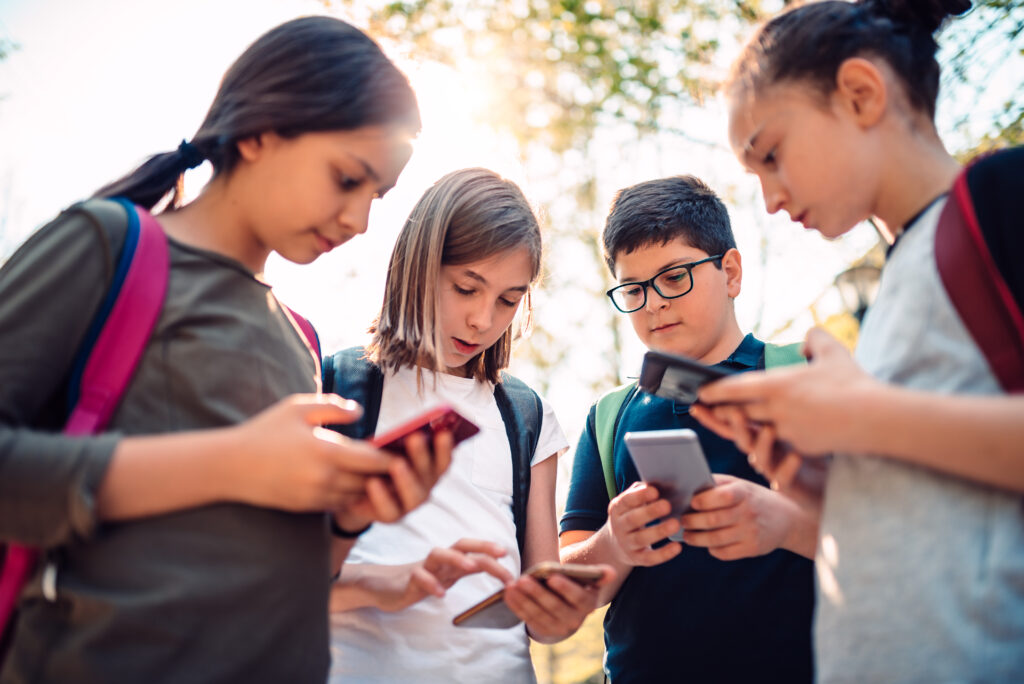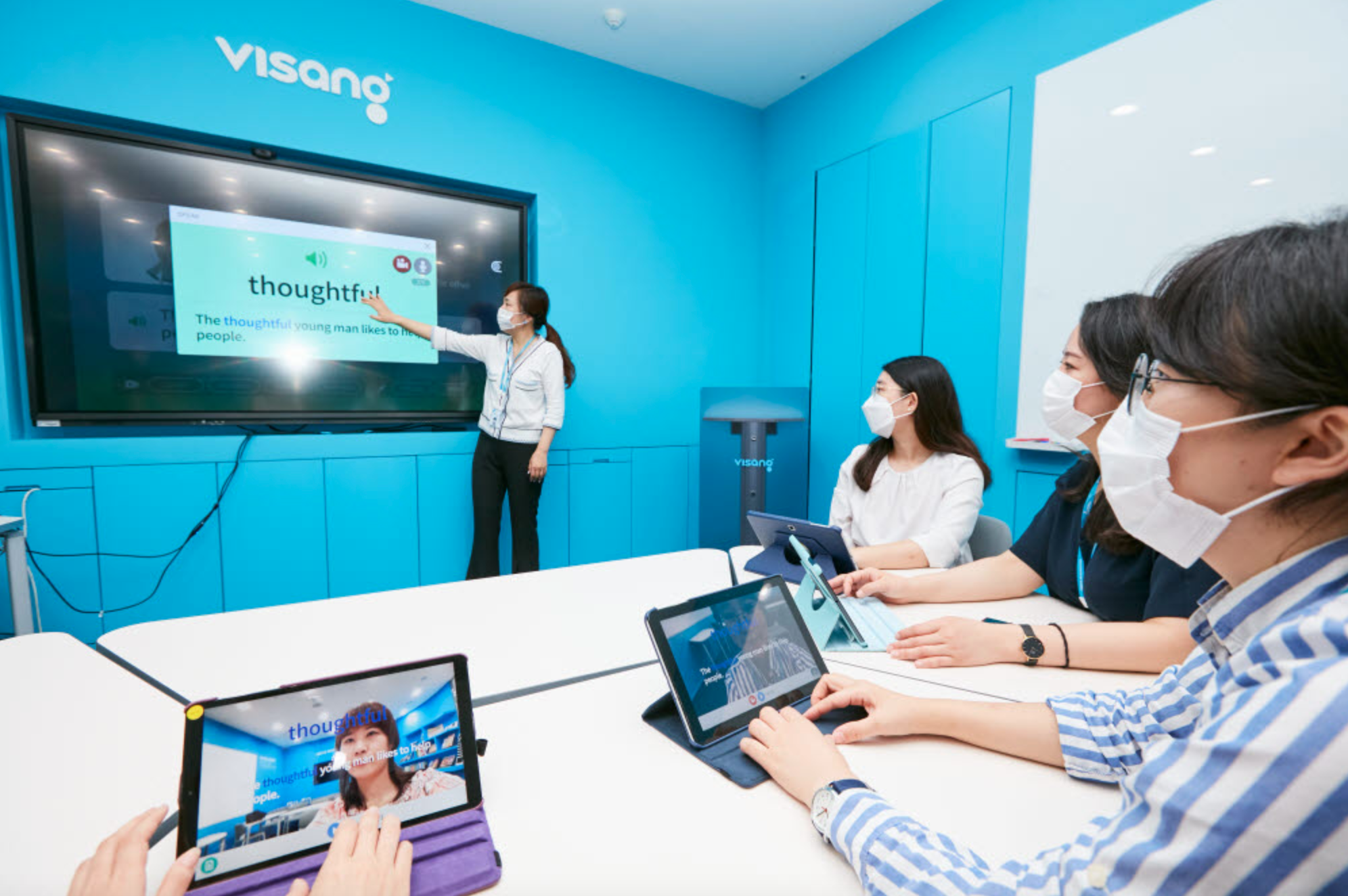I ran into a teacher I had known recently. Recognizing someone on the street doesn’t happen often because everyone was wearing masks during the pandemic, but she instantly recognized me and was glad to introduce her son to me. The child used one hand to touch his mother and held a smartphone in his other hand.
She passionately talked about how she adjusted to the current teaching situation without panicking, as she had to give remote classes to the students due to the COVID-19 pandemic. She told me she studied very hard for the digital classes for several months last year to cope well with reality. She also shared how she had earned her confidence in online classes thanks to the phrase I used, “the 40~50s nowadays are the Digital Natives.” The term “Digital Native” was first used by Marc Prensky, an American educationalist, in his 2001 paper, ‘Digital Native, Digital Immigrants.’ Marc referred to children who have grown from infants to college students together with the dissemination of digital technology since the end of the 20th century as “Digital Natives.” They are the generation who regard new technologies and EdTech, such as computers, video games, digital music, mobile phones, instant messaging, and others, as necessities of life.

While the average college graduate student spent an average of 5,000 hours of their life reading, the digital natives would have spent more than 10,000 hours playing video games and 20,000 hours watching TV. In that perspective, the ‘digital native’ generation would be those born in 1970 and grew up in the middle of the digital revolution in the 1980s, with the popularization of personal computers and the proliferation of mobile phones and the Internet in the 1990s. The 40-year-old teacher that I met by chance, said that the teachers in the field are less embarrassed and have fewer rejections towards online teaching than last year or early this year despite the implementation of level 4 social distancing (COVID-19) around the metropolitan area, and the fact that 98% of school classes are being converted to online classes again. Of course, problems still arise from regional, school-specific, or individual differences and personal situations of teachers and students. Still, the response is quick and appropriate preparation is taken.

In fact, many teachers in class give out quizzes online, and the students solve the problem at home using tablet PCs or smartphones, in addition to video lessons. Teachers also use various digital class support tools to make quizzes or even enjoy honest discussions with students online. It’s fair to refer to the generations in their 40-50s as the “first generation digital native,” whereas the children born with smartphones in their hands these days can be the “second generation digital native.” The first generation experienced a diverse digital utilization culture in a rapidly growing society. They may be confused by the sudden changes due to the pandemic, but are quickly adapting and creating solutions. The second generation is exposed to a much more comprehensive range of digital environments than the first, becoming more familiar with computers and fearless of cutting-edge digital devices. However, that does not mean giving children smartphones excessively or seeing an all-digital environment is recommendable. Our teachers identified their ability to utilize digital technologies as digital natives during the COVID-19 pandemic. Students and teachers familiar with the digital environment can now shoulder-to-shoulder and adapt to an advanced digital EdTech environment. Furthermore, they can actively adapt to more advanced EdTech environments such as AI and metaverse that have emerged as the topic of conversation more recently.




